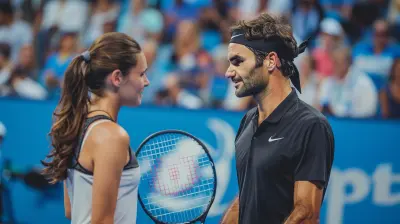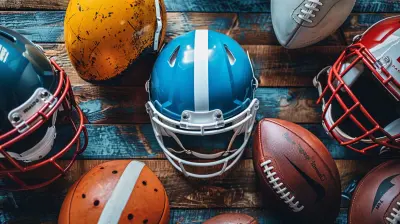Breaking Down the Science of the Perfect Tennis Serve
29 June 2025
If there’s one shot in tennis that can make or break your game, it’s the serve. It carries style, power, finesse—and it’s a psychological game-changer. A killer serve can psych out your opponent before you even step into a rally. But what exactly goes into a perfect tennis serve? Is it all about brute strength? Technique? Timing?
Well, let’s break it all down. We’re talking biomechanics, physics, footwork, mindset—it’s not just swinging and hoping for the best. Whether you’re a weekend warrior or dreaming of smashing aces like Djokovic or Serena, understanding the science behind the serve can seriously elevate your game.
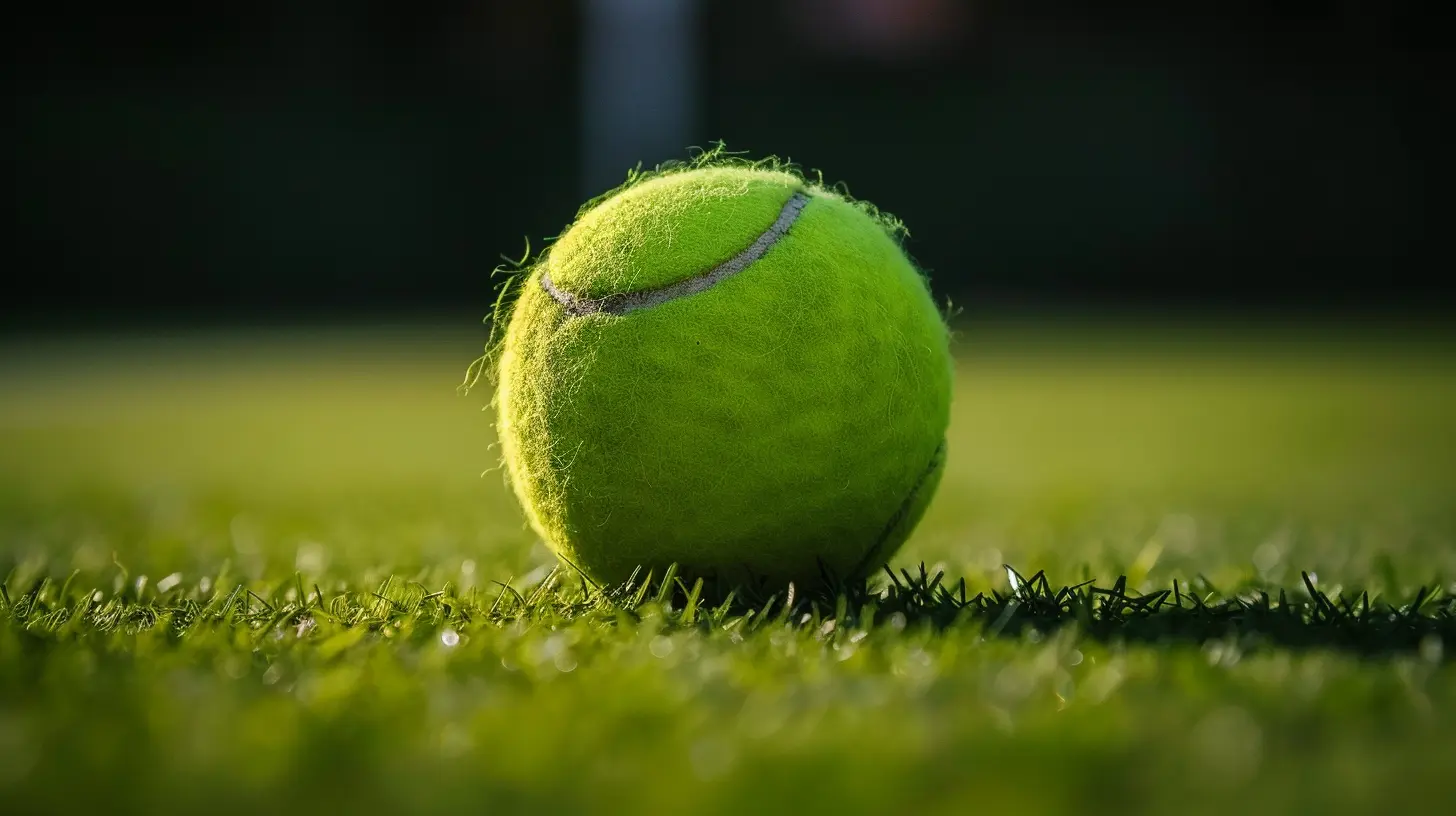
✨ Why the Tennis Serve is So Darn Important
First, let’s talk about why we even bother perfecting the serve. Unlike other shots in tennis, the serve is the only time you have total control—no opponent messing with your timing or shot selection. You’re in the driver’s seat. A solid, dependable serve helps set the tone, dictate pace, and even win cheap points.Need proof? Just look at players with monster serves. Think of Pete Sampras, Roger Federer, or Ivo Karlović. Their ability to hold serve consistently made them nearly untouchable. That’s not magic—it’s science, strategy, and a whole lot of practice.
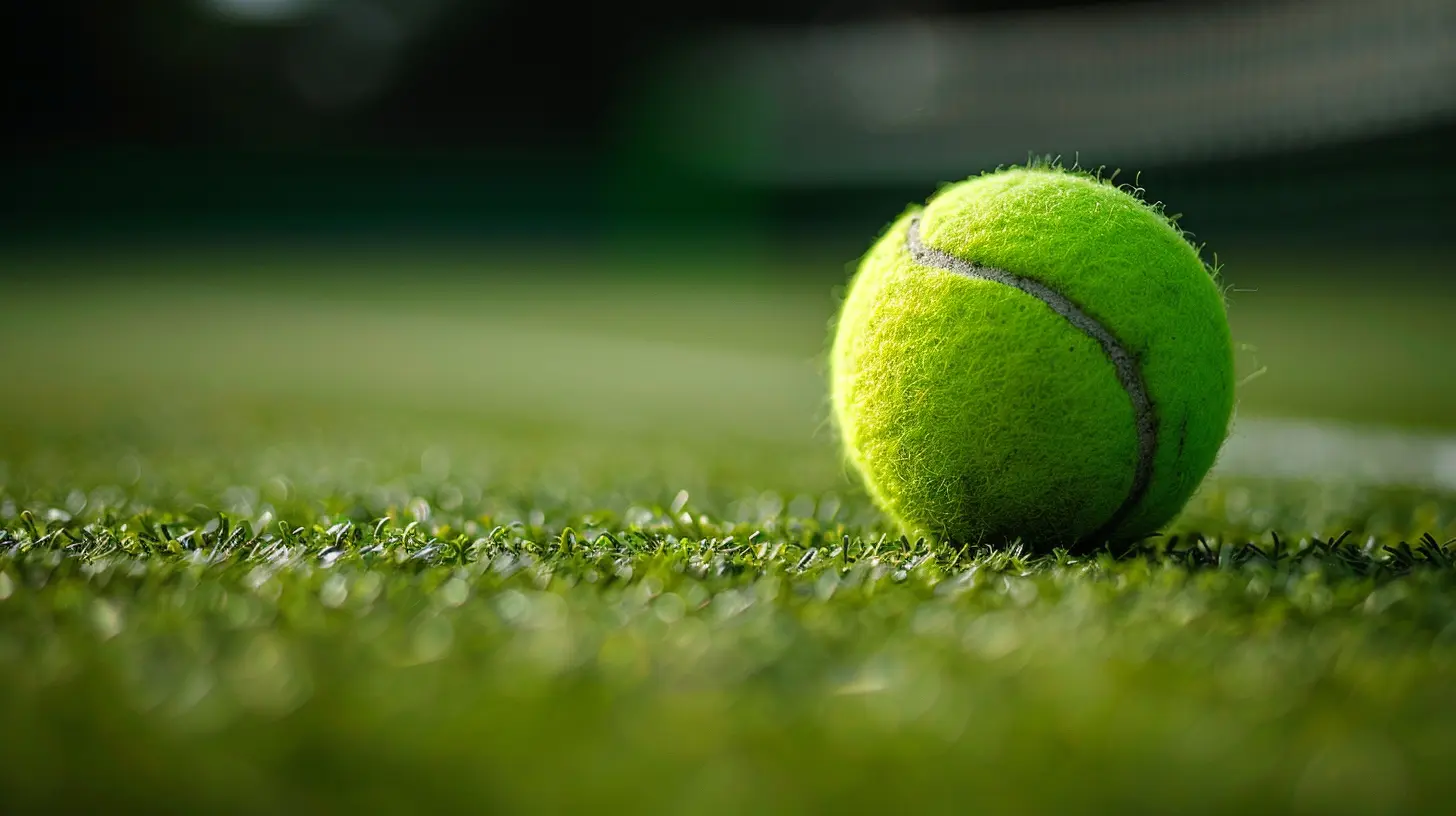
🧠 The Biomechanics Behind the Serve
Let’s start under the hood. The tennis serve is one of the most complex motions in all of sports. It involves synchronized movement through multiple joints—from your toes all the way to your fingertips. Here’s how it all works together.1. Stance and Setup: The Launchpad
It all begins with the stance. There are generally two types: platform and pinpoint. The platform stance keeps the feet more stable, while the pinpoint brings the back foot forward, adding a bit more leg drive and explosiveness.Think of this as the foundation. Just like building a house—if the base isn’t right, everything built on top is unstable.
2. The Toss: Your Guiding Star
You’ve seen it—players spending forever perfecting their toss. Nadal. Sharapova. Even amateurs know when the toss is off, the serve crumbles.The ideal toss:
- Should be straight and consistent
- Should peak slightly in front of your hitting shoulder
- Should allow full body extension and optimal contact point
Get this part wrong, and you're playing catch-up from the start. Literally.
3. The Trophy Position: Where Power Builds
This position gets its name because, from the side, the server looks like a trophy. (Visualize the Wimbledon logo—yup, that’s it.)What’s happening here?
- Racket is pointed up behind you
- Tossing arm is straight and high
- Knees are bent, ready to explode
- Torso is coiled, storing rotational energy
This is your serve’s power station. Everything builds up here before launch.
4. Leg Drive and Explosive Jump
Here’s where physics meets finesse. As your knees straighten and you push off the ground, your body transfers energy upward. This is vertical force in action. The goal? To reach an ideal contact point—high and out in front—while maximizing energy transfer.Think of yourself as a human spring. The more tightly you coil, the bigger the pop when you release.
5. The Swing and Racket Drop: Unleashing Whip Power
You’ve probably heard of the term “racket drop.” It’s that moment when your racket dips behind your back just before you swing up and into the ball.Why does it matter?
- Creates a whip-like acceleration
- Builds racket head speed
- Brings your shoulder and elbow into sync
Imagine cracking a whip. That snap? That's what a smooth racket drop-and-launch achieves in your serve.
6. Contact Point: Timing is Everything
If your timing’s off—even slightly—the ball goes long, wide, or straight into the net. The sweet spot? Above your head and just slightly ahead of your body.Here, the kinetic chain completes:
- Legs push up
- Torso rotates
- Shoulder and arm fire
- Wrist snaps for added spin and control
Boom. That’s power plus precision.
7. Follow-Through and Recovery: Don’t Skip This!
Many focus only on what happens before the ball crosses the net. But the real pros know that the follow-through is just as crucial. It allows your body to safely decelerate and recover for the next shot. And if you're serving and volleying? You're already halfway to the net.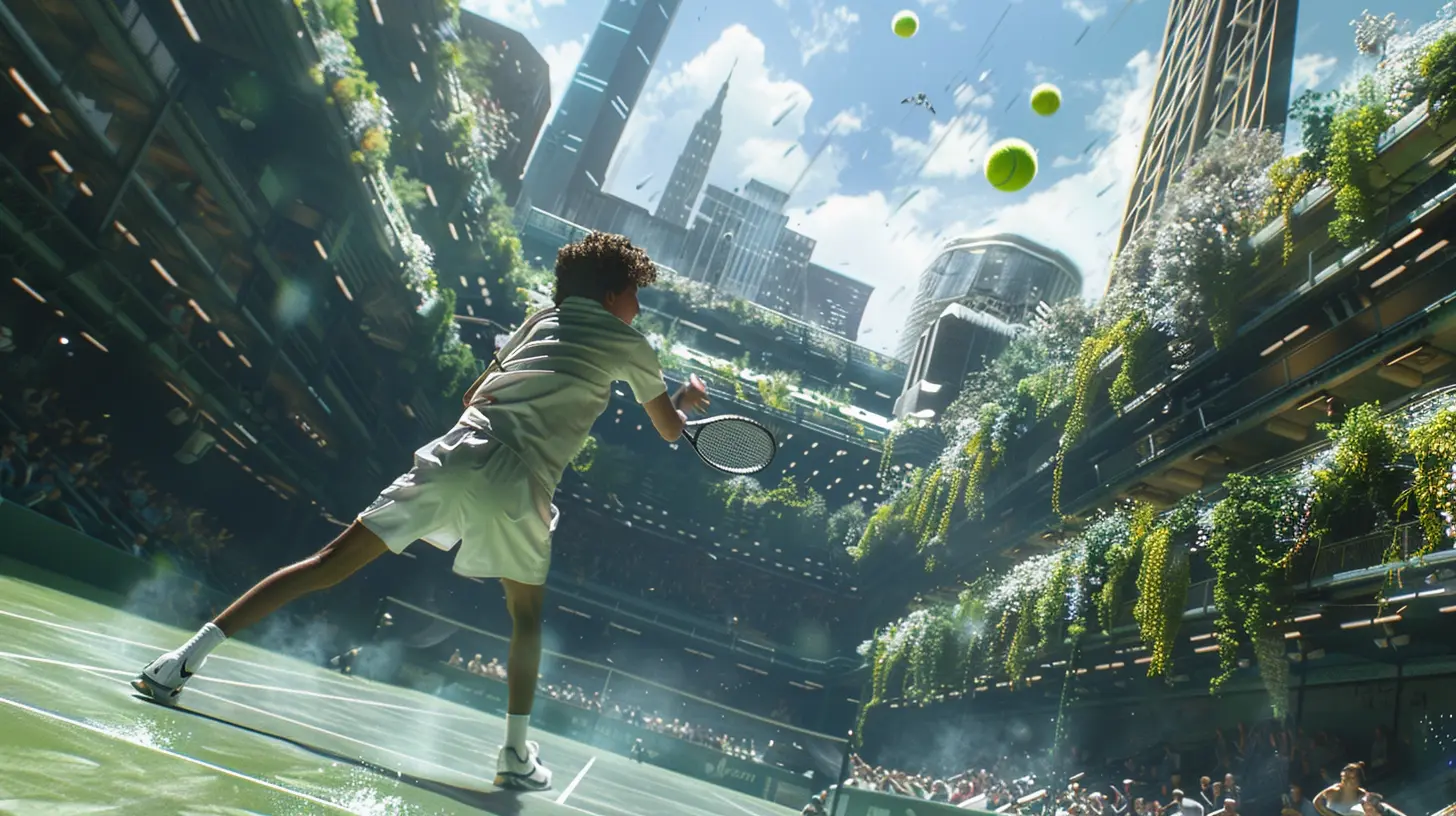
⚙️ The Physics of a Perfect Serve
Welcome to tennis meets science class. At the heart of a powerful serve? Physics—specifically, rotational motion, angular momentum, and energy transfer.Let’s simplify:
- Kinetic Chain: Your serve is a wave of energy, starting from the ground and moving through your body into the racket.
- Momentum Transfer: The faster your body parts rotate in sequence (hips, torso, shoulder, and arm), the more speed you generate at the racket head.
- Spin Control: Topspin, slice, and flat serves all involve manipulating the racket angle and swing path. Spin affects bounce, trajectory, and placement.
So yeah, when your coach says “use your legs,” they’re reminding you about the chain reaction that starts with your feet.

🧰 Different Types of Serves and Their Science
Each serve isn't just a tactic—it’s a result of different physics principles at play.🎯 Flat Serve
This one’s all about speed. Minimal spin. Just raw velocity.- Racket face is nearly perpendicular to the ball at contact
- High risk, high reward
- Great for aces if you’ve got pinpoint accuracy
🌀 Topspin Serve
If you’ve watched Nadal or Djokovic, you’ve seen this in action.- Brush up the back of the ball
- Causes the ball to dip faster and bounce higher
- Higher net clearance = safer serve
Think of it like a roller coaster that peaks and then dives.
🧊 Slice Serve
This one curves sideways, pulling your opponent wide.- Hit the ball slightly on the side with a brushing motion
- Lower bounce, great for opening up the court
It's a chef’s knife of serves—clean, precise, and lethal when sliced just right.
📉 Common Mistakes (And How to Avoid Them)
Even seasoned players stumble. Here are a few mistakes that might be sabotaging your serve:- Poor Toss: Inconsistent toss equals inconsistent contact.
- Breaking the Kinetic Chain: Not using your legs or torso kills power.
- Rushing the Motion: Think fluid, not frantic.
- Over-gripping the Racket: Tension slows down swing speed. Loosen up!
It’s like trying to drive a Ferrari with the parking brake on.
🧠 The Mental Side of Serving
Let’s not downplay this—serving isn’t just physical. It’s a mind game. A confident server looks terrifying from the other side of the net. Think about Serena’s stare-down or Federer’s composure. Poise can win just as many points as power.Here are quick confidence-boosting tips:
- Have a ritual (bounce the ball, exhale, whatever works)
- Visualize success before each serve
- Focus more on placement than power
A steady mindset = a steady serve.
🧪 Training Tips to Improve Your Serve
So you want to level up? Here’s how to get there.🔁 Drills
- Serve Progressions: Practice from shortened distances to build muscle memory.- Toss Accuracy Drill: Stand near a wall, toss without hitting, and check alignment.
- Target Practice: Place cones or markers and try hitting them. Sharpen that aim.
💪 Strength and Flexibility
Don’t skip the gym. A strong core, flexible shoulders, and explosive legs are non-negotiable.Focus on:
- Plyometrics
- Shoulder mobility
- Core stabilization
- Rotational strength
📹 Use Video Analysis
Sometimes, what you feel isn’t what’s actually happening. Film your serve. Break it down. Identify where the kinetic chain gets stuck, and work on those spots.🎾 Real-World Examples: What the Pros Get Right
Let’s spotlight a few legends:- Roger Federer: Effortless rhythm. Perfect timing. Smooth toss and balance.
- Serena Williams: Fierce power with surgical placement.
- Nick Kyrgios: Unpredictable. Fast, funky toss, but huge variety.
- Novak Djokovic: Reliable, consistent — any surface, any time.
They all have different mechanics, but one thing in common? A deep understanding of their body and a consistent routine.
💭 Final Thoughts: There’s No One-Size-Fits-All Serve
The perfect serve isn’t about copying someone else’s motion—it's about finding what works for YOUR body. Sure, science gives us the framework, but feel matters too. Serve mechanics are like fingerprints—unique.If you’re serious about improving:
- Learn the biomechanics
- Train smart
- Stay loose but focused
- Trust your routine
The serve is part art, part physics, all attitude. Master it, and you’ve got the key to dominating your game.
all images in this post were generated using AI tools
Category:
TennisAuthor:

Umberto Flores
Discussion
rate this article
1 comments
Lydia Phelps
Great article! It’s fascinating how the perfect serve combines physics and finesse. Can’t wait to try these tips next time on the court!
July 21, 2025 at 10:55 AM

Umberto Flores
Thank you! I'm glad you found it interesting—enjoy trying out the tips on the court!
